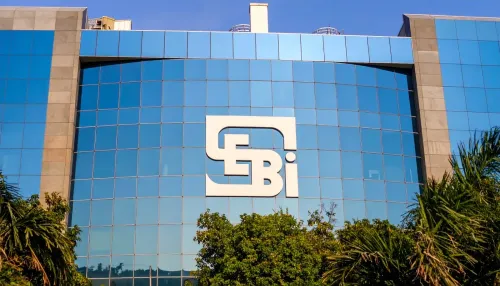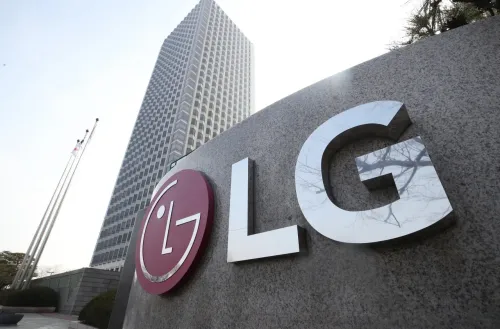How did Public Sector Banks achieve a net profit of Rs 93,675 crore in the first half of 2025-26?

Synopsis
Key Takeaways
- Net profit of public sector banks is Rs 93,675 crore.
- Gross NPAs have fallen to 2.3 percent.
- Net NPAs have decreased to 0.45 percent.
- Total business volume stands at Rs 261 lakh crore.
- Focus on digital transformation and financial inclusion.
New Delhi, Nov 12 (NationPress) Public sector banks have achieved a remarkable net profit of Rs 93,675 crore during the initial half (April-September) of FY 2025-26, alongside a significant enhancement in their asset quality as Gross NPAs declined to a multi-year low of 2.3 percent and Net NPAs dropped to 0.45 percent.
The total business volume of government-owned banks surged to an impressive Rs 261 lakh crore, with advances rising by 12.3 percent year-on-year and deposits increasing by 9.6 percent, as per a statement from the Finance Ministry released on Wednesday.
The Return on Assets for public sector banks stood at 1.08 percent, while the cost of funds improved to 4.97 percent, indicating enhanced efficiency and profitability in the first half of this financial year.
The Secretary of the Department of Financial Services (DFS), M. Nagaraju, led a review meeting with the Managing Directors and Chief Executive Officers of Public Sector Banks (PSBs) to evaluate their performance for H1 FY 2025-26.
Regarding asset quality, it was observed that PSBs have been progressively improving recoveries. The National Asset Reconstruction Company Limited (NARCL) has taken over debts worth Rs 1.62 lakh crore and has seen substantial recoveries in the first half of the year. Banks were encouraged to utilize digital platforms like BAANKNET for quicker and more transparent resolutions while focusing on bolstering early warning systems.
The meeting also assessed vital areas such as financial performance, asset quality, recovery and resolution, digital transformation, and advancements in government flagship schemes. UIDAI presented on utilizing Aadhaar for digital identity integration and de-duplication. Discussions centered around the convergence of human and AI in banking.
The DFS Secretary commended the consistent performance of PSBs, emphasizing the need to maintain momentum in low-cost deposit mobilization and credit growth, particularly in the MSME and agriculture sectors. Banks were urged to enhance risk management, underwriting practices, and operational resilience to preserve profitability in an evolving financial landscape.
Public Sector Banks demonstrated progress in digital banking and mobile app services, showcasing enhancements in user interface, multilingual options, and transaction efficiency.
The Secretary stressed that digital banking must be inclusive and secure, urging banks to boost cyber resilience, ensure operational continuity, and enhance the quality and timeliness of grievance resolution. The adoption of responsible AI and data analytics was encouraged to improve customer service delivery, as indicated in the statement.
The progress of key government schemes was thoroughly reviewed. Banks were advised to fortify the execution of the PM Surya Ghar Muft Bijli Yojana, PM Vidya Lakshmi Yojana, PM Vishwakarma Yojana, and JanSamarth digital lending initiatives, focusing on reducing application turnaround time and broadening assisted journeys through Business Correspondents and SLBC coordination.
The Secretary also evaluated performance under financial inclusion programs such as PMJDY, PMJJBY, PMSBY, APY, PMMY, and PM SVANidhi, stressing the importance of the ongoing “Aapki Poonji, Aapka Adhikar” campaign. Directions were issued to ensure seamless implementation, enhance public awareness of the integrated unclaimed asset portal, and intensify outreach in underserved and aspirational districts.
In alignment with the Government’s vision of Viksit Bharat @2047, PSBs showcased progress in champion sectors like renewable energy, green infrastructure, food processing, tourism, and data centers.
Banks were encouraged to scale up credit in these areas, adopt sustainable financing practices, and improve readiness for the transition to the Expected Credit Loss (ECL) framework using robust models and data-driven provisioning, the statement concluded.








